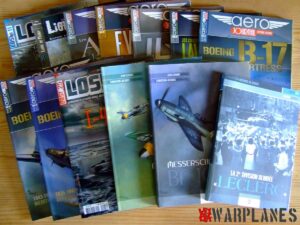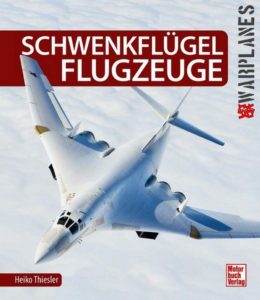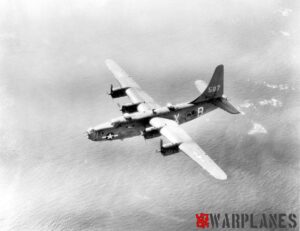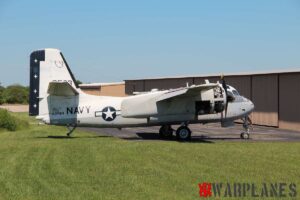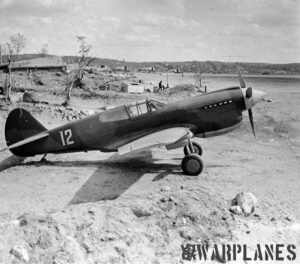Naval Aces of World War I part 2
This volume looks at the naval aces who flew alongside or against those of the Royal Naval Air Service (RNAS). While the RNAS operated a formidable arsenal over the Flanders coast, the German Navy countered with its own Land Feld Jagdstaffeln and Seefront Staffeln. In addition, German floatplane units produced at least three aces at the expense of British flying boats, airships and other patrol craft. Unique to World War I was the use of flying boats as fighters in combat, which figured at least partially in the scores of Russian aces Aleksandr de Seversky and Mikhail Safanov. Austrian ace Gottfried Banfield scored all nine of his voictories in flying boats and Friedrich Lang claimed two of is total of five in one. The best flying boat fighter, however, was Italy’s Macchi M.5, flown by three aces. Also unique xere the sole US Navy ace, David Ingalls, who scored six victories while attached to No 213 Sqn RAF, and Greek Aristeides Moraitinis, credited with nine victories over Salonika and the Dardanelles.
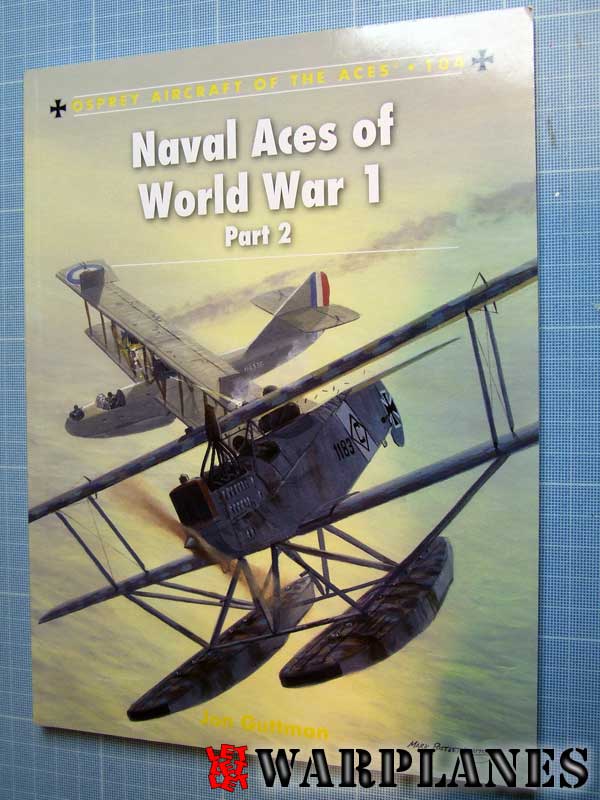
So, after “Aircraft of the Aces” #97 that was consacred to the RNAS, Osprey gives us with that new book a detailed look of their enemies of the German Marine Jagdstaffeln, but also of the Austrian, Italian and Greek naval units and aces. First part of the book is about German units and aces, followed by Austrian and finally the allied.
There are seven chapters and appendices:
- Chapter I: Sky and sea depicts the general situation of German marine units.
- Chapter II: Zeebrugge Hornet’s nest is consacred on the units and aces that operated from Zeebrugge including pilots like Bönisch, Meyer, Kaster and the best of all: Christiansen.
- Chapter III: The Marine Feld Jastas 31 depicts other units of the Kriegsmarine
- Chapter IV: Detached Duty tells the history of two German naval pilots that achieved the status of ace being detached with Jagdstaffeln of the Luftstreitskräfte
- Chapter V: Aces over the Baltic is consacred to the Russian pilots
- Chapter VI: Action over the Adriatic tells the fights between Austrians and Italians
- Chapter VII: Allies in Camel depicts the use of the Camel with some navy units of Allies
- Appendices: list the German naval aces and gives the explanations about the color drawings included in the book.
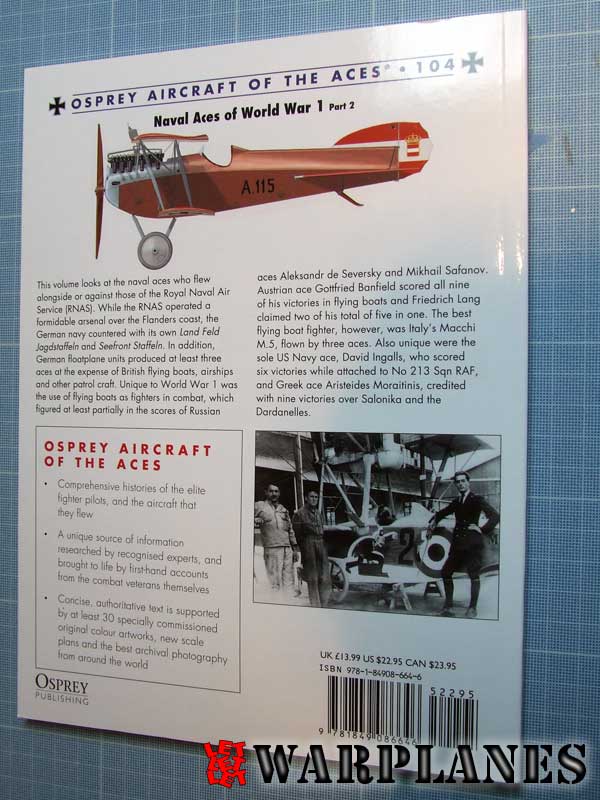
As always, there are drawings included in the book but also lots of interesting photos (and as always, I must say many of those photos were unknown from me!)
If you own the first book, you must have the second. If not, I’m sure that owning this one will incitate you to buy the first one…
Highly recommended anyway!!! Please find out your sample here!!
Daniel Clamot
Sample publication provided by Osprey

